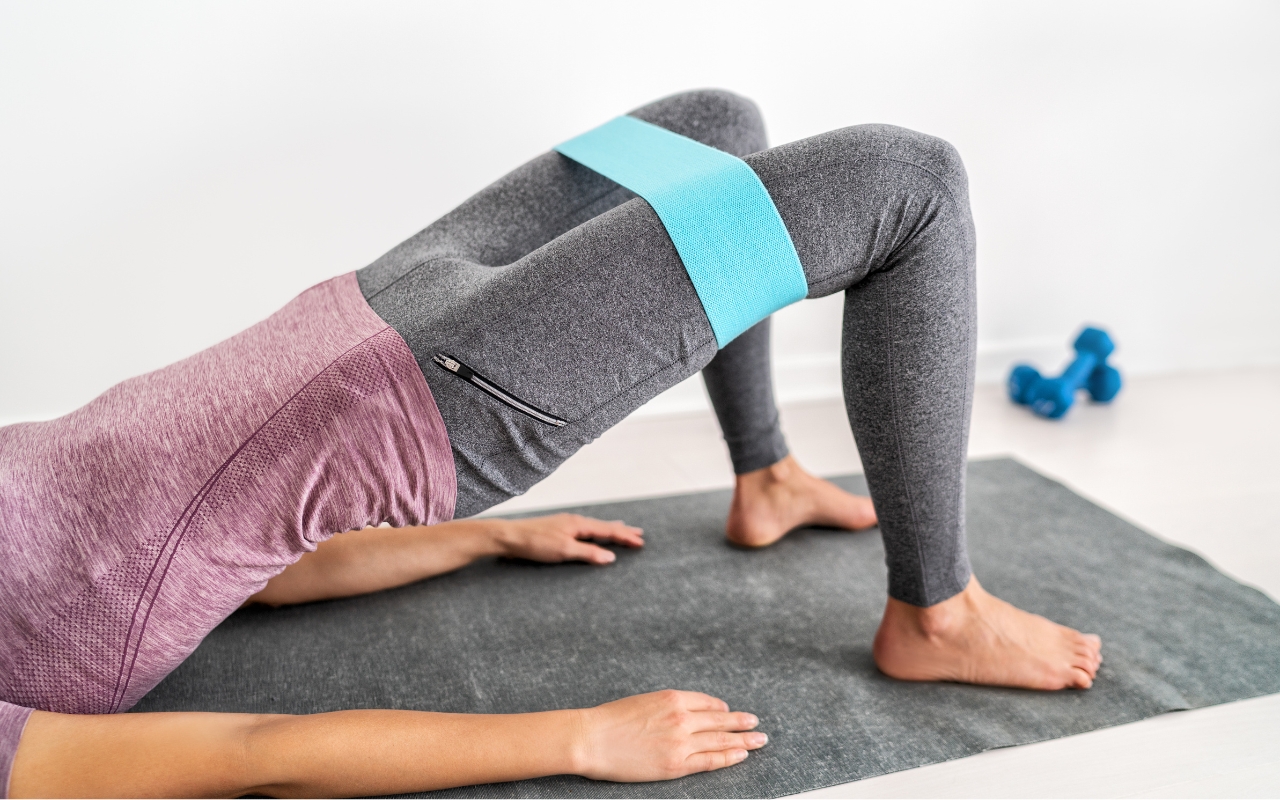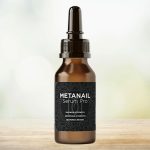Building strong and well-defined glutes is about more than just aesthetics. The glute muscles are crucial for overall functional fitness, contributing significantly to your athletic performance and daily activities. This comprehensive guide will delve into the best exercises to target and strengthen your glutes, the science behind muscle hypertrophy, and effective training strategies to achieve your goals.
Understanding the role of the glutes is essential. The gluteus maximus, gluteus medius, and gluteus minimus are the three key muscles comprising the gluteal muscle group, each playing vital roles in various movements, including hip extension, abduction, and rotation. By targeting these muscles effectively, you can improve your overall strength, stability, and power.
The Importance of Strong Glutes
Strong glutes are not just about looking good; they are fundamental to your body's functional integrity. Weak glutes can lead to a myriad of issues, including lower back pain, hip problems, and even knee injuries. Enhancing glute strength can improve posture, provide greater stability during physical activities, and reduce the risk of injuries.
For athletes, strong glutes are crucial. These muscles generate explosive power necessary for sprinting, jumping, and quick changes in direction. Even for non-athletes, strong glutes aid in everyday activities like lifting heavy objects, climbing stairs, and maintaining balance.
Science of Hypertrophy and Muscle Activation
Hypertrophy, the process of muscle growth, involves a combination of muscle damage, metabolic stress, and mechanical tension. To maximize glute hypertrophy, it's essential to perform exercises that stimulate high levels of muscle activation and allow for progressive overload.
Progressive overload, the gradual increase of stress placed upon the muscle during training, is a key principle. This can be achieved by increasing weights, repetitions, or incorporating more challenging exercise variations over time. According to research, exercises that elicit high muscle EMG (electromyographic) activation are particularly effective for hypertrophy.
Hip Thrusts: The Ultimate Glute Builder
The hip thrust is widely regarded as one of the most effective exercises for glute development. This exercise involves driving your hips upward with a barbell placed across your hips, which maximizes glute activation. Studies have shown that the hip thrust reaches very high levels of glute activation, making it superior to other lower body exercises for targeting the glutes.
For optimal results, incorporate variations like the barbell hip thrust, band hip thrust, and single-leg hip thrust into your routine. These variations ensure different parts of the gluteal muscles are targeted, promoting balanced muscle growth.
Squats: The King of Compound Movements
Squats are a powerhouse exercise that works multiple muscle groups, including the glutes, quads, hamstrings, and core. The barbell back squat, in particular, has been shown to achieve high levels of glute activation. When performing squats, it's essential to maintain proper form to prevent injury and maximize muscle engagement.
Low bar back squats are particularly effective for targeting the glutes due to the positioning of the barbell, which allows for greater posterior chain engagement. Incorporating different squat variations such as front squats and split squats can also help in addressing different aspects of glute strength and development.
Deadlifts: Mastering the Hip Hinge
Deadlifts are another potent exercise for the glutes, with the conventional deadlift being a staple in any strength training regimen. This hip-dominant exercise requires significant glute activation, particularly during the lockout phase where the hips are fully extended.
Romanian deadlifts and sumo deadlifts are excellent variations that can target the glutes differently. The Romanian deadlift emphasizes the eccentric phase, enhancing muscle tension and promoting hypertrophy, while the sumo deadlift, with its wider stance, shifts more emphasis onto the glutes and inner thighs.
Lunges and Split Squats: Balance and Stability
Single-leg exercises like lunges and split squats are invaluable for developing glute strength and improving balance and stability. These exercises engage the glutes intensely while also working the quads and hamstrings.
Bulgarian split squats, where your back foot is elevated, provide an even greater challenge and deeper stretch for the glutes. Forward and reverse lunges are excellent for engaging the glutes dynamically and can be performed with or without added weights.
Glute Bridges: A Foundational Movement
Glute bridges are a versatile and foundational exercise perfect for isolating and activating the glutes. Lying on your back with your knees bent, you lift your hips by squeezing your glutes, creating a straight line from your neck to your knees. This movement not only strengthens the glutes but also improves hip mobility and spinal stability.
Adding resistance through a barbell or resistance bands can increase the intensity of glute bridges, promoting greater muscle activation and growth.
Crafting the Perfect Glute Workout Program
Creating an effective glute workout program involves a balance of exercises that target all parts of the glute muscles and allow for progressive overload. Here’s a sample glute-focused workout plan:
- Warm-Up: Start with dynamic stretches and activating exercises like clamshells or bodyweight glute bridges to prepare your muscles.
- Main Workout:
- Hip Thrusts: 4 sets of 8-10 reps
- Barbell Back Squats: 4 sets of 6-8 reps
- Romanian Deadlifts: 3 sets of 10-12 reps
- Bulgarian Split Squats: 3 sets of 8-10 reps per leg
- Glute Bridges: 3 sets of 15 reps
- Lateral Band Walks: 3 sets of 20 steps
- Cool Down: Finish with static stretching focusing on the glutes, hamstrings, and hip flexors to enhance flexibility and reduce muscle soreness.
Consistency and Recovery
Consistency is key to seeing progress in any fitness regimen. Aim to train your glutes 2-3 times a week, allowing for adequate rest and recovery between sessions. Recovery is crucial as it allows your muscles to repair and grow stronger. Ensure you get sufficient sleep, hydrate well, and consider incorporating active recovery activities like yoga or light cardio.
Nutrition for Muscle Growth
To support muscle hypertrophy, a diet rich in protein, healthy fats, and carbohydrates is essential. Protein provides the building blocks for muscle repair and growth, so ensure you consume adequate amounts from sources like lean meats, dairy, legumes, and protein supplements.
Carbohydrates are your body's primary energy source, crucial for fueling your workouts and recovery. Include complex carbohydrates like whole grains, fruits, and vegetables in your diet. Healthy fats from sources like avocados, nuts, and olive oil support overall health and hormonal balance, which can affect muscle growth.
Monitoring Progress and Adjusting Your Routine
Tracking your progress helps you stay motivated and make necessary adjustments to your routine. Keep a workout log to record your exercises, sets, reps, and weights used. Take progress photos and measurements periodically to visually track changes in your physique.
If you hit a plateau, consider changing up your routine by introducing new exercises, increasing weights, or adjusting your set and rep schemes. Deload weeks, where you reduce training intensity, can also help in recovery and overcoming plateaus.
High-Quality Resources for Further Reading
For further reading and resources on glute exercises and muscle hypertrophy, consider the following high-quality sources:
- Runner's World
- Men's Health
- Rehab Hero
- Bodybuilding.com
- BarBend
These articles provide a wealth of information on effective glute exercises, training strategies, and scientific insights into muscle growth.
Conclusion
Building strong and well-defined glutes requires a strategic approach that combines effective exercises, progressive overload, proper nutrition, and consistency. By incorporating exercises like hip thrusts, squats, deadlifts, and lunges into your routine, you can target your glute muscles comprehensively and achieve optimal growth.
Remember, the journey to stronger glutes is a marathon, not a sprint. Stay dedicated, keep challenging yourself, and enjoy the process of becoming a stronger, healthier version of yourself. With the right approach and resources, you can unlock your full potential and reap the benefits of a powerful and well-defined posterior.










